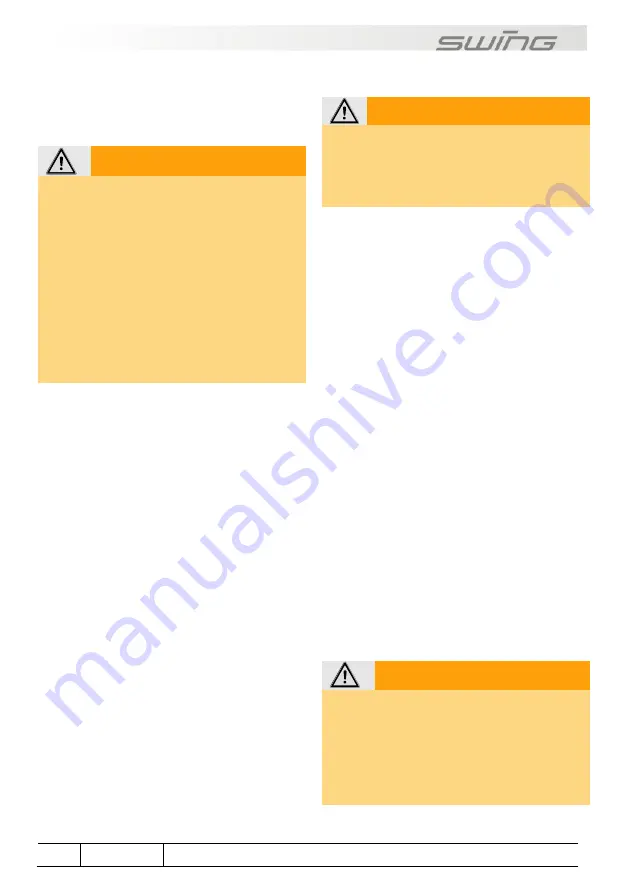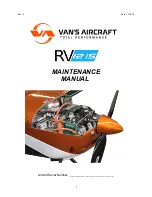
26
Section 07
Dangerous situations and extreme flying
07
Dangerous situations and
extreme flying
Dangerous situations
Pilot error, extreme wind conditions or
turbulence which the pilot does not notice
quickly enough may put the wing in an unusual
flying position, requiring special reaction and
skills on the part of the pilot. The best way to
learn how to react calmly and correctly in a
serious situation is to attend safety training,
where you will learn how to manage extreme
situations under the guidance of a professional.
Ground-training is another safe and effective
method of familiarising yourself with your
glider’s reactions. Launch can be practised, as
can small flying manoeuvres, such as stall,
asymmetric collapse, front stall etc.
Any pilot who flies in turbulent conditions or who
makes an error in handling the glider is at risk
of getting into an extreme situation. All of the
extreme flight figures and flight attitudes
described here are dangerous if they are
carried out with inadequate knowledge, without
the right safety altitude or without training.
Please note that if a harness different from the
one used for the type-test certification is used,
flight behaviour may vary from that described in
this Manual.
Safety training
WARNING
These instructions are not a substitute for
the need for safety training. We therefore
recommend that you take part in special
safety training which will teach you how to
handle extreme situations.
Taking part in safety training is in principle
advisable in order to familiarise yourself with
your glider and the correct reactions in extreme
situations. However, safety training also
subjects your equipment to extreme loads.
Material stress and damage
SWING advises against subjecting the materials
of the TWIN RS 2 to excessive stress during a
safety training (SIV) course.
Uncontrolled flight positions can occur during
safety training, which are outside the
manufacturer’s limits for the paraglider and
which can put the glider under excessive stress.
Trimming the line lengths and canopy material
after safety training can lead to a general
deterioration in flight characteristics.
Damage as a result of safety training is not
covered by the warranty.
Safety training and RAST
Most manoeuvres can be practised with the
TWIN RS 2 during safety training in the same
way as with a glider without RAST.
Only those manoeuvres for which the glider
must be actively collapsed (asymmetric
collapse, front collapse) require higher forces to
enter as a rule than would be necessary with a
glider without RAST.
WARNING
Refrain from doing wingovers with the glider
to make a more large-scale collapse
possible.
A provoked collapse from a roll or pitch
movement can lead to uncontrolled flight
positions. Such collapses are unrealistic and
have no training benefit.
WARNING
Always keep within the recommended limits.
Avoid aerobatics and extreme loading such
as spirals and big ears. This will prevent
accidents and avoid over-loading the glider.
In turbulent conditions, always keep enough
distance from rock faces and other
obstacles. Time and sufficient altitude are
needed to recover from extreme situations.
Deploy your reserve if the corrective
manoeuvres described in the following
sections do not return the glider to a
controllable flying position or if there is not
enough altitude for correction.











































